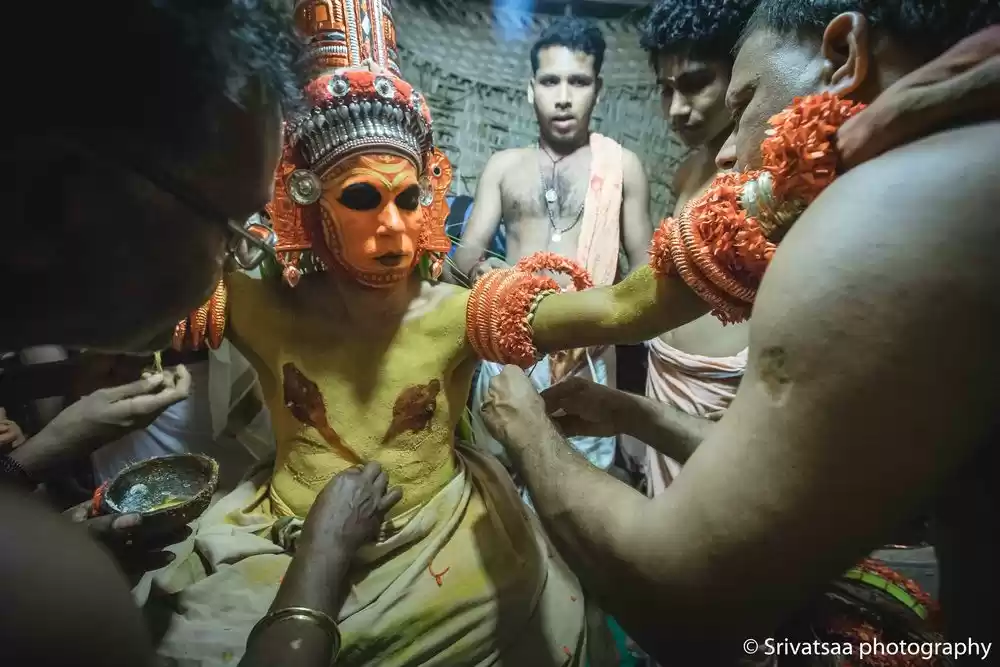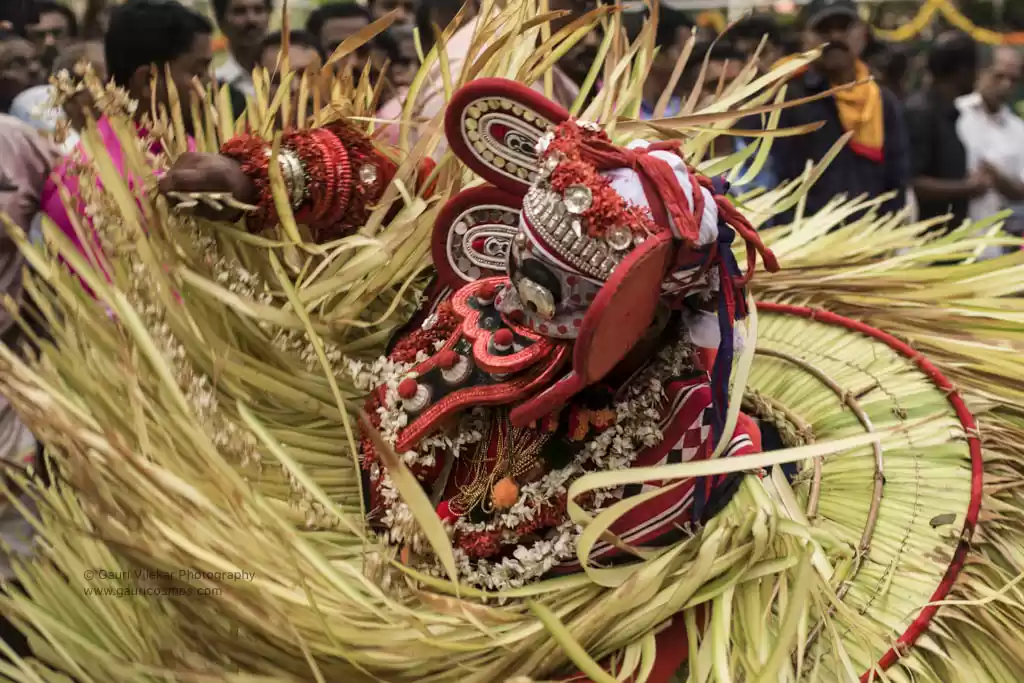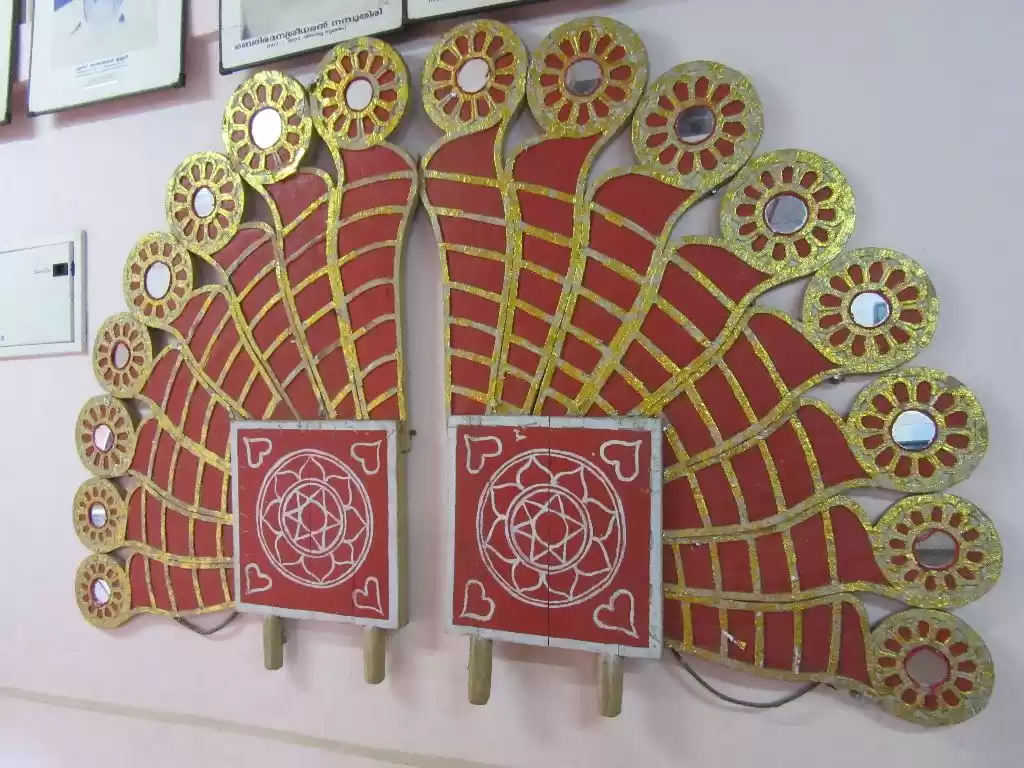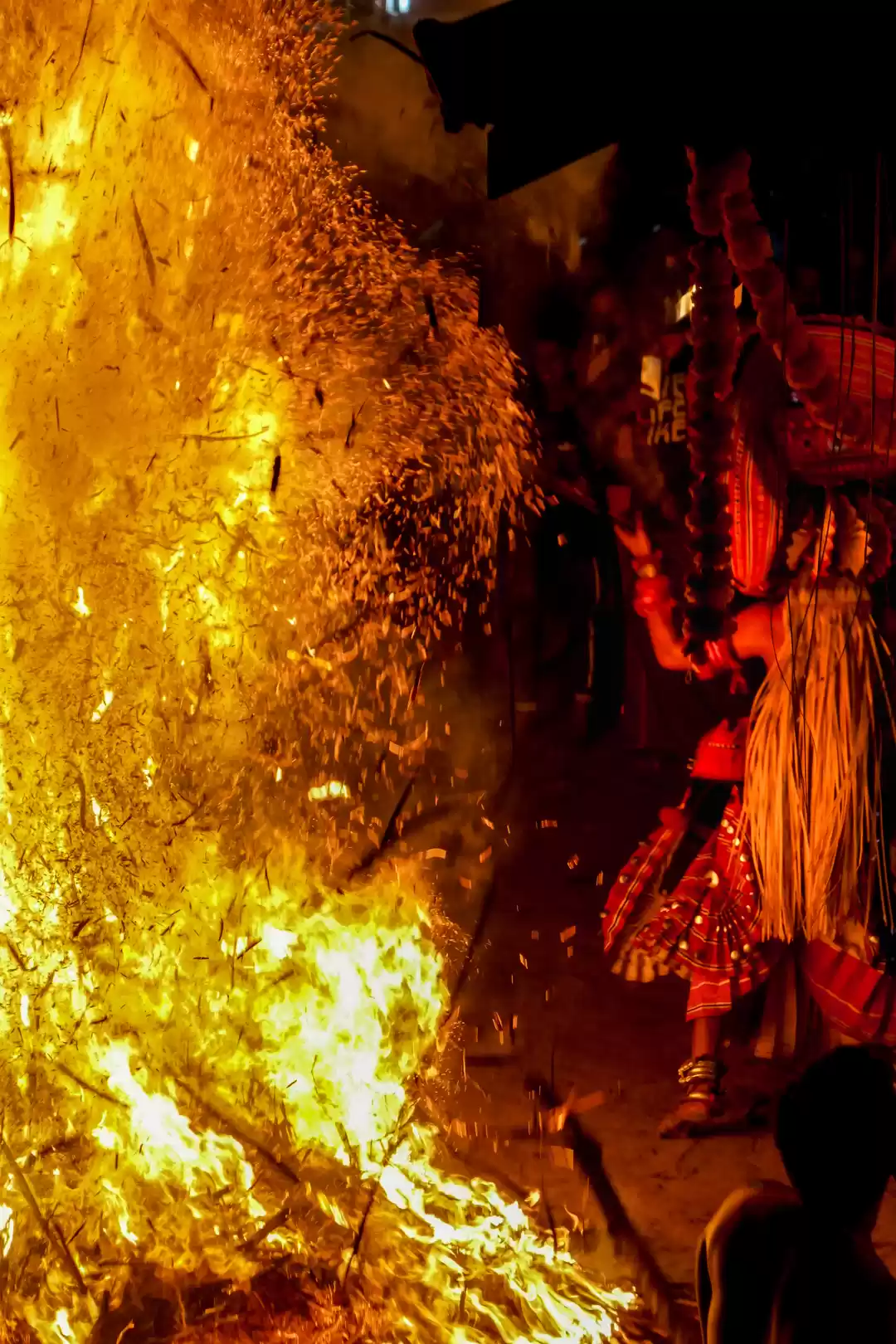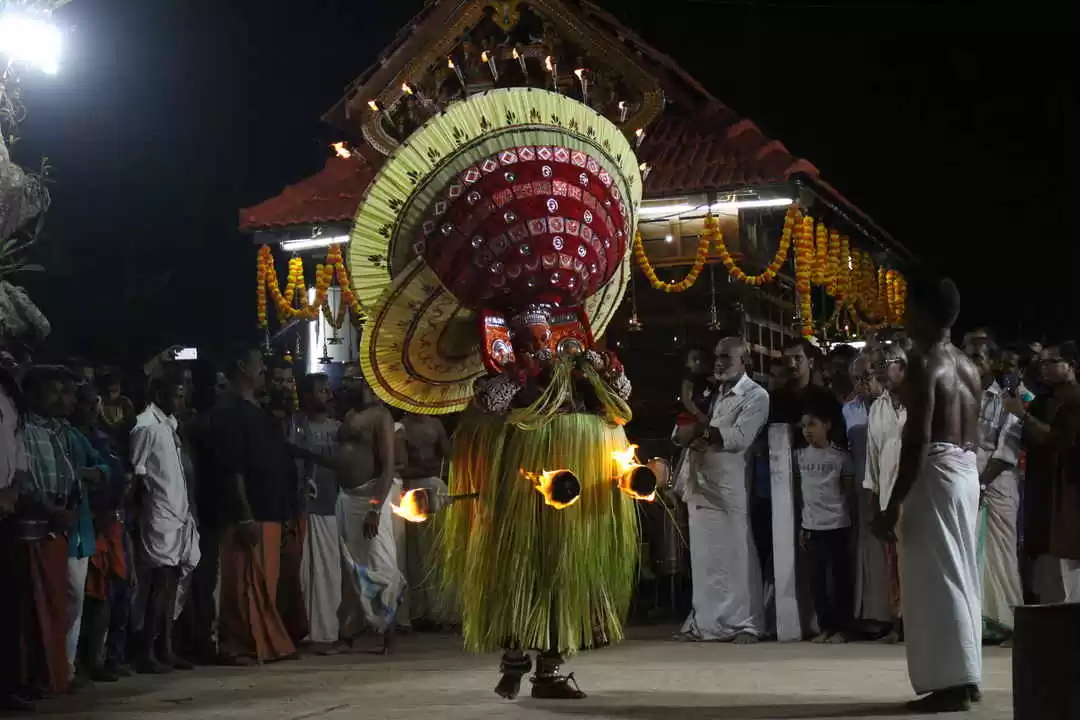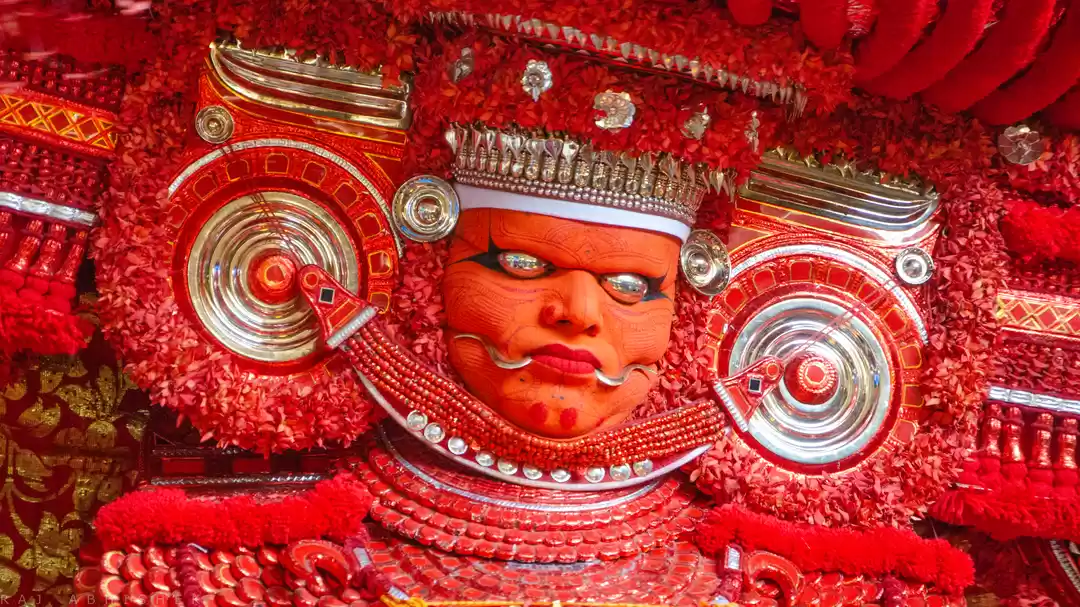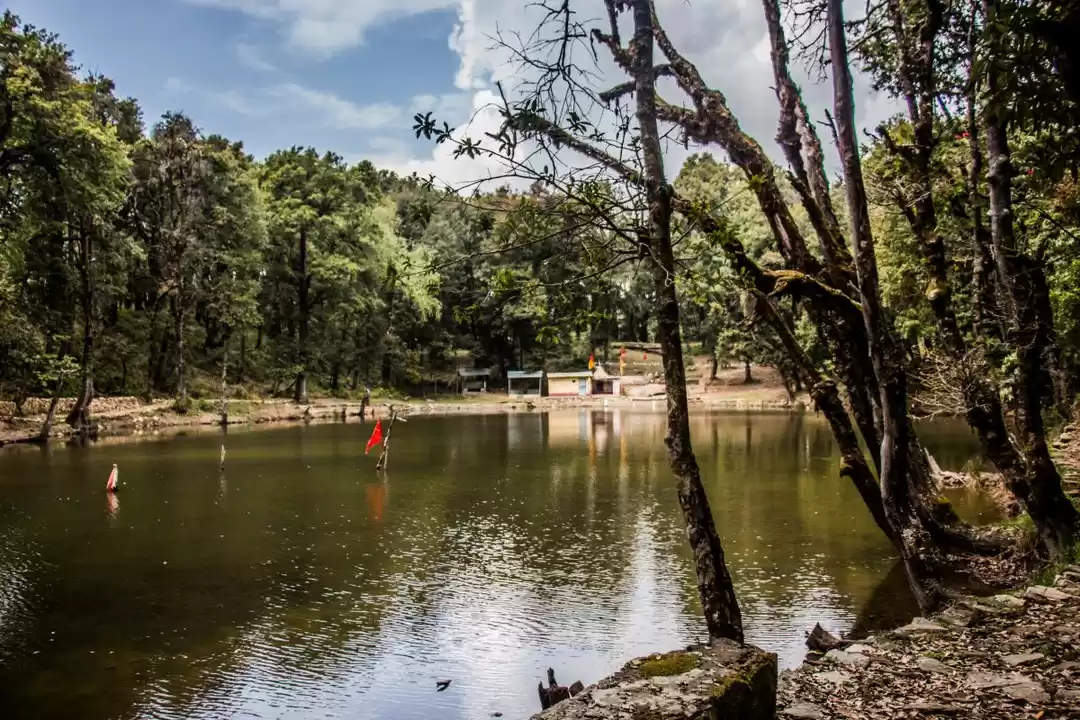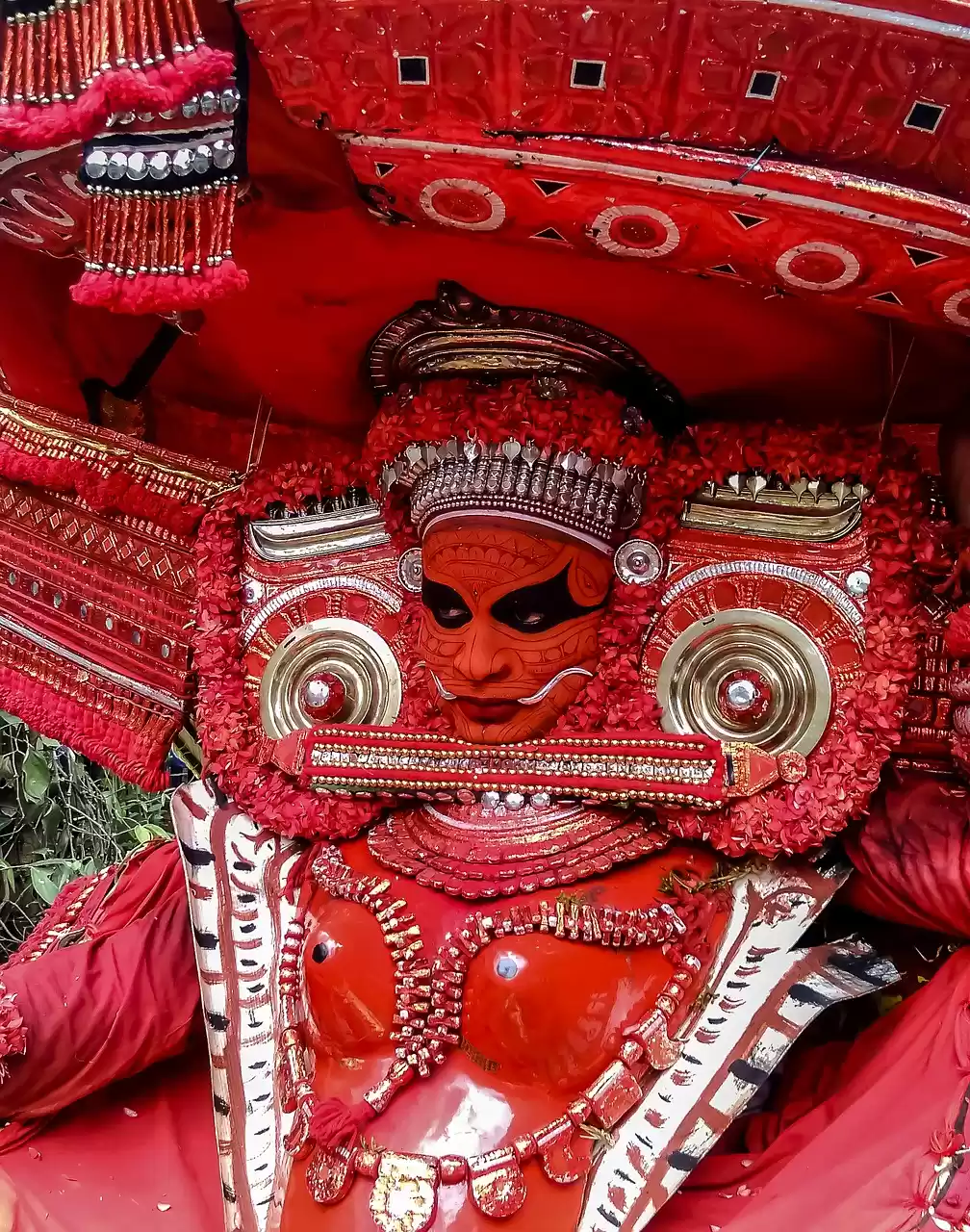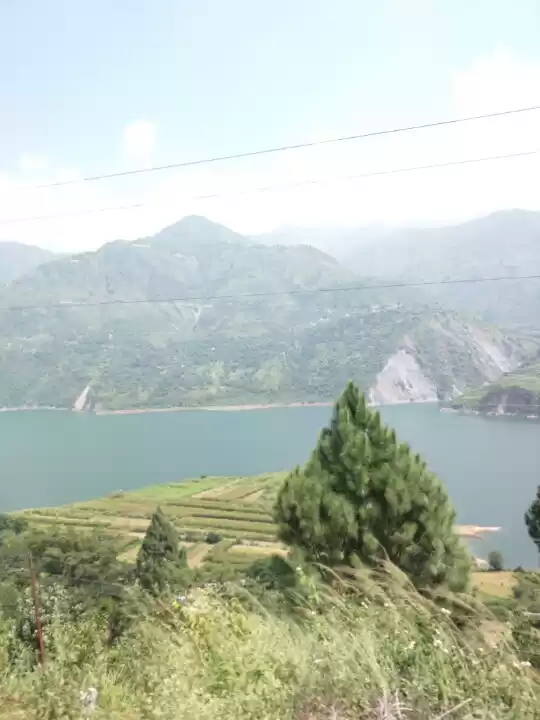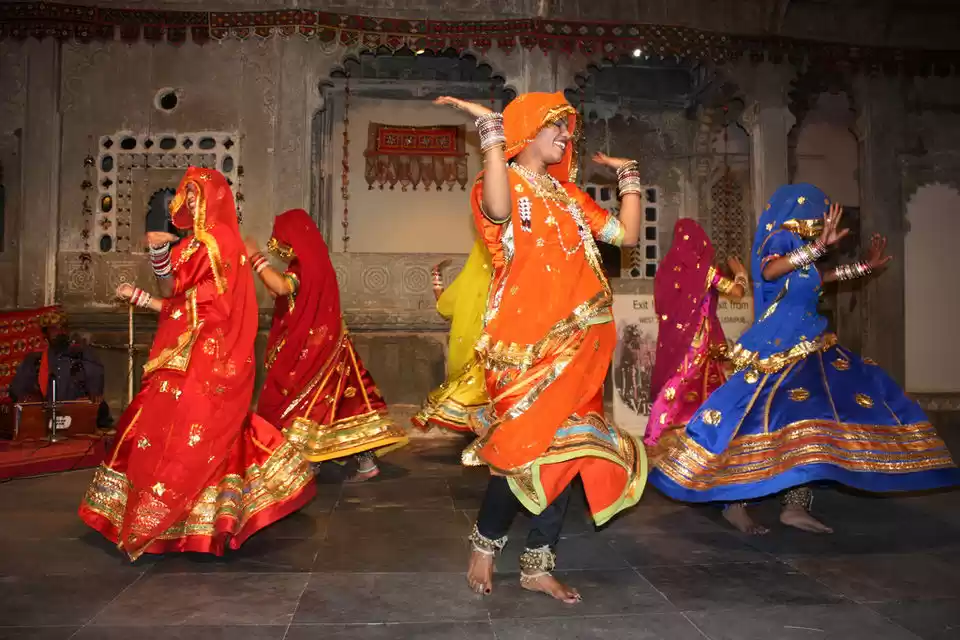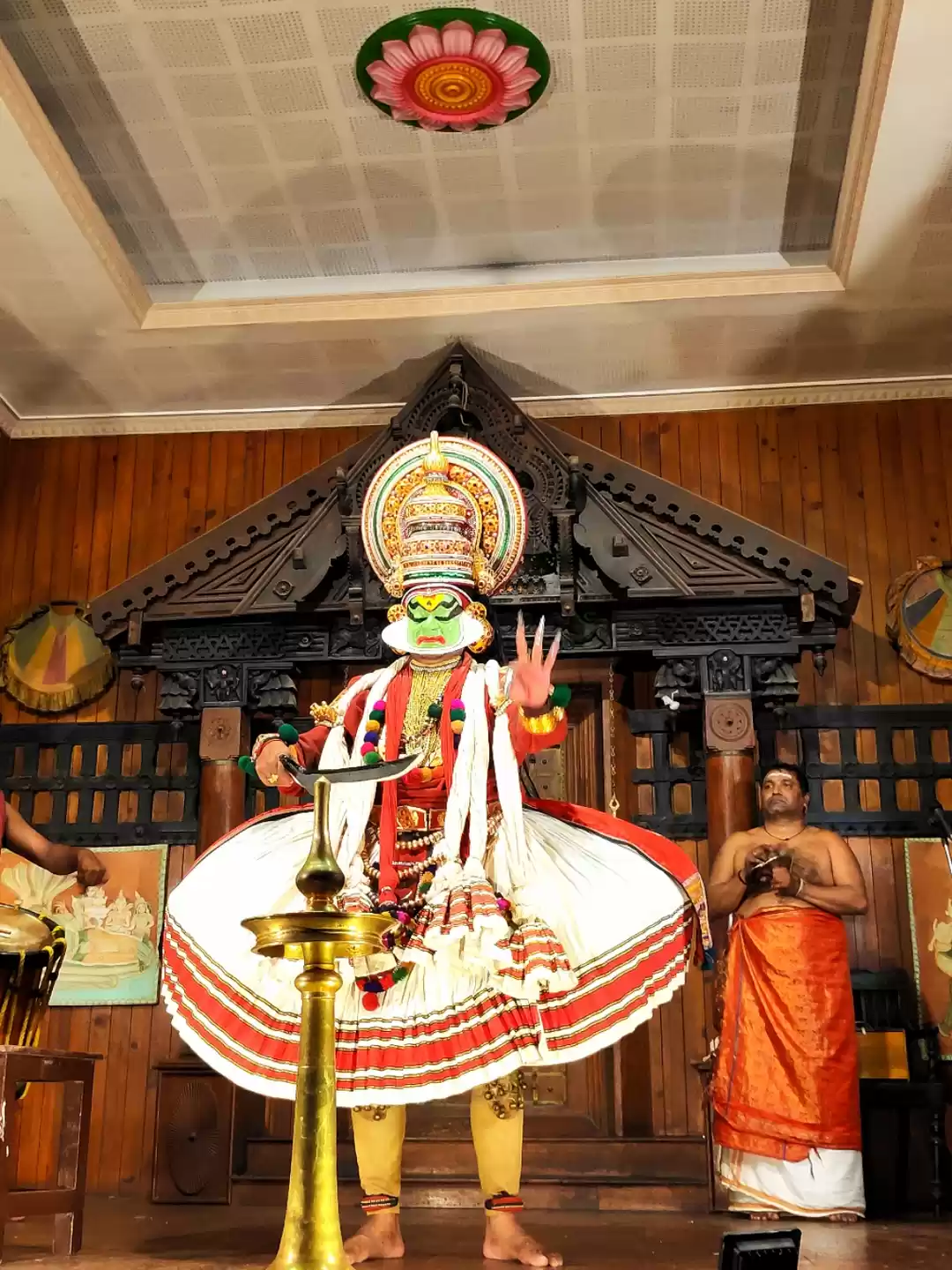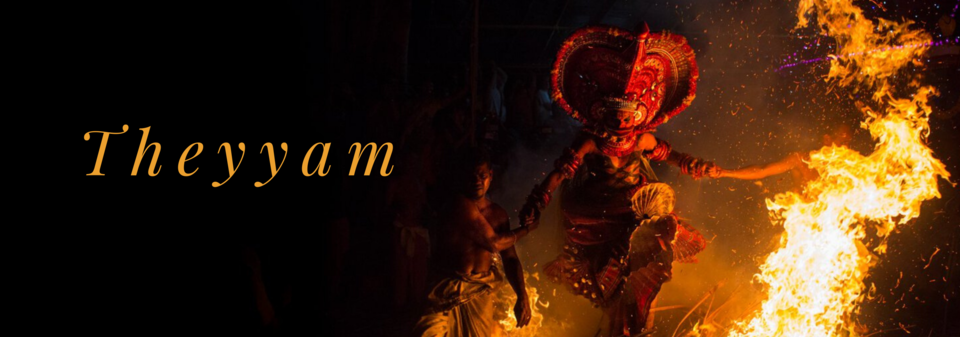
When the Gods descend
It’s 3.30 am, the sky is pitch dark.
The auto comes to a halt in a dimly lit lane.
I rub my groggy eyes, take a deep breath and scrutinise the surroundings. We are in the middle of a sparsely populated forest with a few houses comfortably tucked in. At a distance of 50 m, there is a path with a string of led lights that emanate a warm glow.
I hop out of the auto rickshaw and take the path ahead. It’s a downhill walk from there, which takes me to the Muthappan temple.
Despite the hour, a crowd has gathered. Locals, foreigners, photographers, theyyam performers—everyone has huddled around the open area outside the temple premises.
I find myself a spot amidst the group from where the performance can be viewed seamlessly.
The onlookers hold their breath—excited, tense and expectant. There is a faint murmur in the crowd, old ladies chit-chatting and young men taking selfies while the older ones discuss about when the performance will start. The young priests pace up and down, gather some palm fronds and make the much-needed pre-performance preparations.
In seconds, the sky is lit by brilliant fireworks, frenzied drummers walk in, beating out a tattoo in perfect harmony. A group of young performers light the palm fronds and swish them around, leaving embers in the air. The scene gets intense as the fire catches on, the thick red flame emitting heat in all directions.
I narrow my eyes and watch the fire dance to the drummers' rhythm.
Suddenly, the collective breath is released and a sense of awe fills the void.
God has arrived.
The theyyam begins.
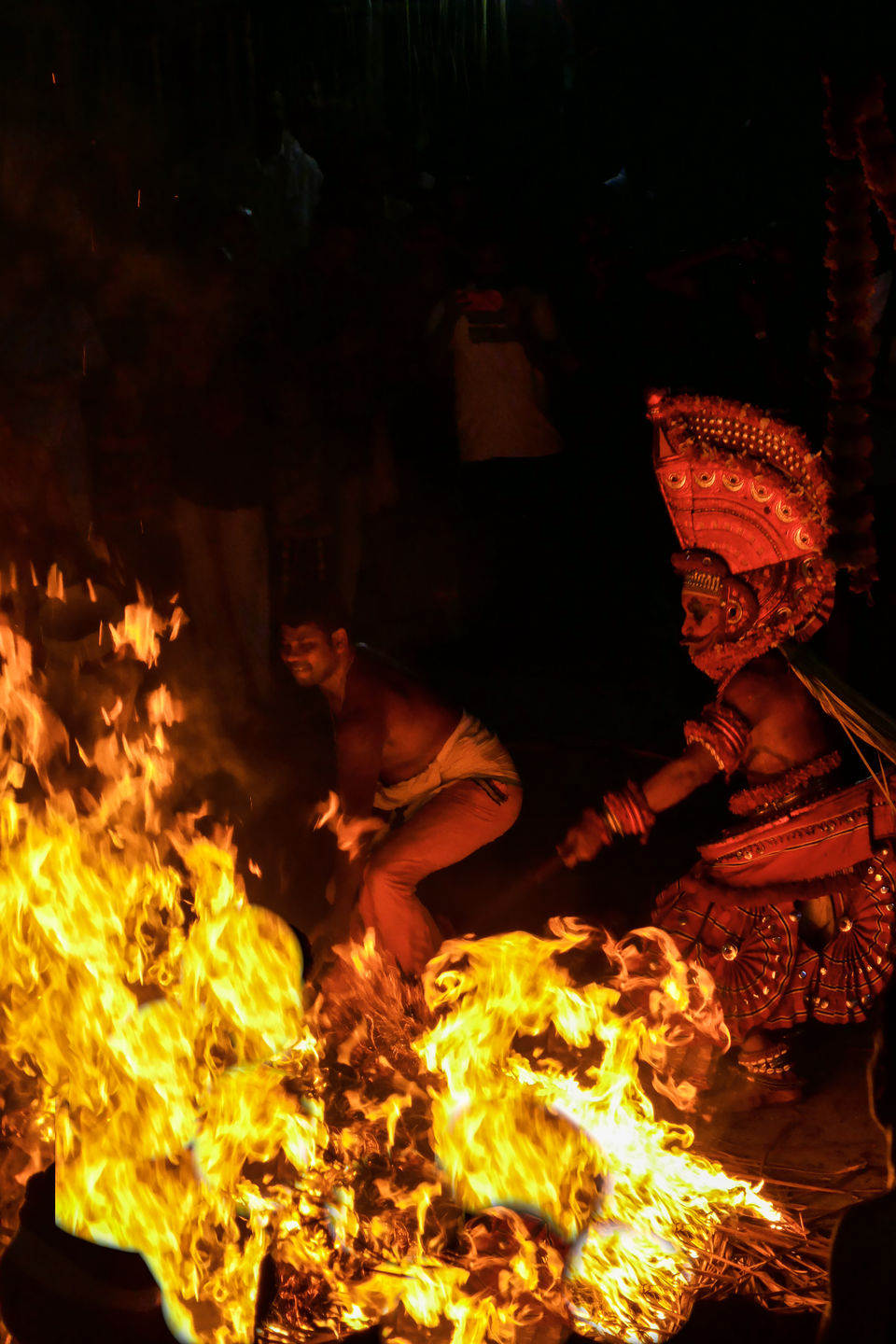
Kandanaar Kelan
Kandanaar Kelan dressed in deep red silk and huge metal anklets stands in front of the fire, fuming in anger as the flames rise higher and higher. The god’s face paint is equally ornate; wide eyes sunken in black pits contrasting with the rest of his face which is a vivid orange. Red designs spider across his face, so delicate, they’re almost invisible.
The overall effect is distinctly supernatural and that is precisely the point.
Kandanaar Kelan was a yesteryear warrior. The story goes that once Kandanaar Kelan was out hunting in the forest when the forest suddenly caught fire. Finding no other means of escape, he climbed a gooseberry tree. This tree happened to be the home of two snakes, Kali and Karali. The fire consumed the tree, the snakes and Kandanaar Kelan. They were burnt to ashes.
Vayanat Kulavan, another warrior God, was passing by the burnt forest when he saw the image of Kandanaar Kelan in the ashes. With his bow, he traced out Kandanaar Kelan and gave him life.
Vayanattu Kulavan blessed Kandanaar Kelan and gave a seat next to him and also weapons.
The Theyyam is an embodiment of Kandanar Kelan and how he shows his anger towards fire for burning him. The Theyyam very prominently has two snakes drawn on his chest that depict the snakes that perished with him in the fire. This is one of the most important forms of theyyam and happens only in certain Muthappan temples.
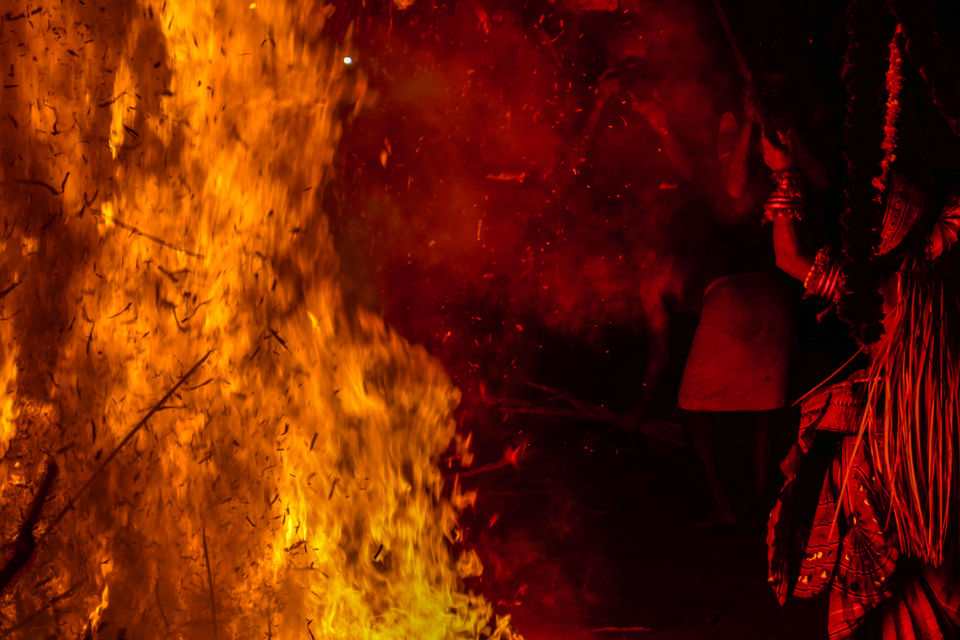
Guligan
Guligan, the main God of the ritual, stands atop a wooden stool at the center of the ring. Two young priests hold his hands, steadying him as he circles in a tight, stomping dance to the drums. Bells and bangles clatter as he rattles his feet between rotations. The speed of the rotations increase as they jump on the ground. It feels like being in the centre of a field with spinning red tops rotating and revolving with varied intensities. Towards the end, a Guligan is led towards a burning heap of charcoal a few meters away. He kicks the pile with his bare feet multiple times.
The myth of Guligan is that Lord Shiva’s devotee Markandeya, clung to a shivalinga to save himself from Yama, the God of death, who threw yamapaksham (ropes of death) over Markandeya and Lord Shiva got extremely furious. In this extreme fury, the entire anger of Shiva came out of his thumb and took the terrible form of Guligan to kill Yama.
The theyyam ends with Guligan blessing the crowd.

Guligan appeared to kill Yama and save his devotees. People pray to this deity for a long life, to ward off negative energy and to seek protection.
I got the privilege to watch this at Nambianchery Kalaristhanam in Kannur.
If you want to plan a trip to Kerala to watch Theyyam Festival, here is the How To Guide





